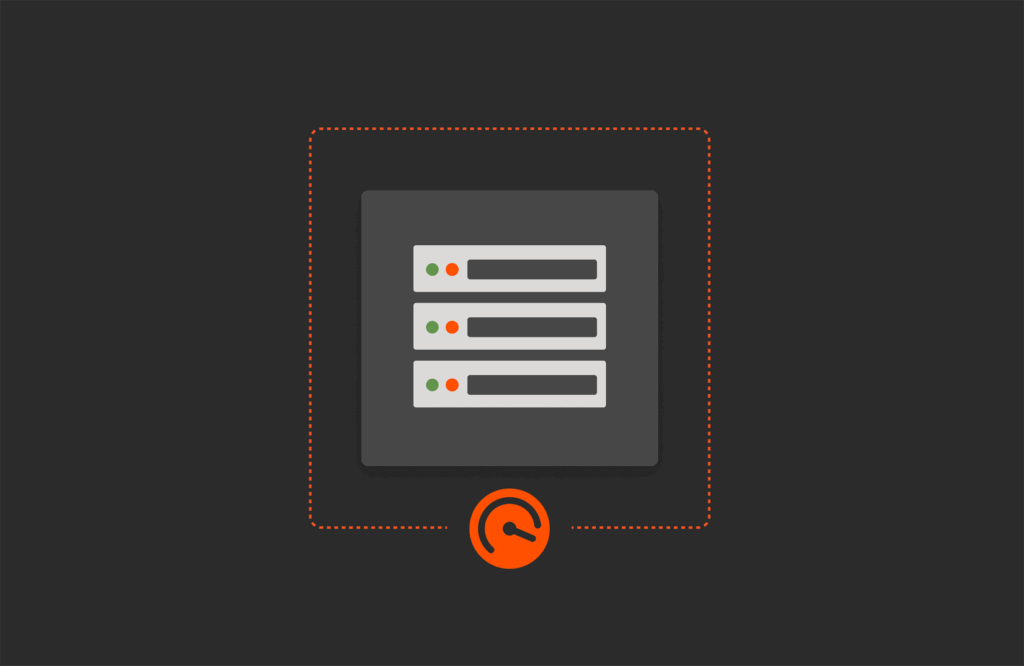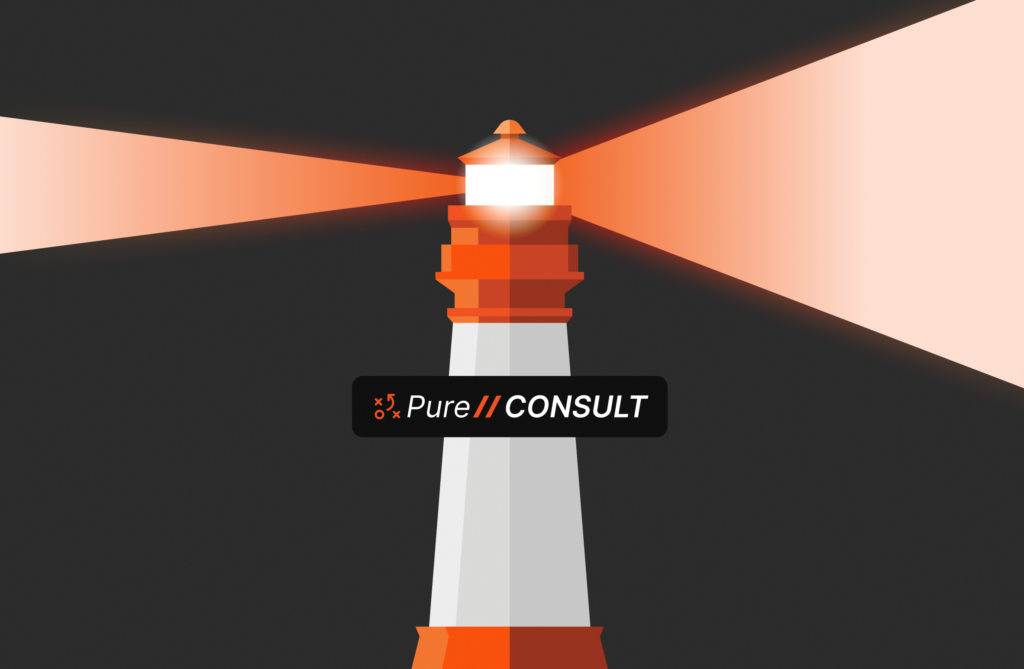Summary
Service providers, specialized cloud service providers, and managed service providers have to operate efficiently if they want to stay in business. The Rule of 30-30-30 helps them maximize efficiency and profitability.
“Everybody talks about a hyperefficient data center, but nobody does anything about it.” While this quote is a revised version of one that is often incorrectly credited to Mark Twain, there is truth at its core. The first part of this blog series laid out critical elements that IT operations should reevaluate for an effective efficiency genesis, but you could argue all of it was theoretical.
As a follow-up, part two of this series provides insight into an IT ecosystem group that operates in the most efficient way possible: service providers (SPs), specialized cloud service providers (CSPs), and managed service providers (MSPs). They all have to be extremely efficient—it’s key to their profitability. CSPs and MSPs have risen and fallen over the years, and chances are, the ones that vanished mistakenly assumed architecting IT infrastructure and selling consumable services was no different than designing an in-house data center operation dedicated to a single customer.
Successful service providers measure by two key variables: service level agreements (SLAs) and time to service—how quickly a catalog offering gets provisioned and delivered to an end customer. The latter makes sense since they can’t charge a fee for it until it is consumed, and prolonged deployment delays equate to lost revenue. This is why traditionally designed data center operations built on legacy technologies don’t work—most are designed for a single tenant and require a lot of manual configuration and deployment.
The Service Provider Rule of 30-30-30
With this in mind, how do these SPs orchestrate and execute a successful operation? The answer lies in their strategy for how their infrastructure is designed and operated. This is referred to as the SP Rule of 30-30-30.
The Rule of 30-30-30 for SPs states:
For any product in an SP service catalog to be sold and delivered, a distributed financial burden for it must be established:
- 30% for hardware and software licensing
- 30% for ping, power, pipe, place, and people
- 30% for profit margin
Yes, the sum of those variables is not 100%. Budgets rarely match reality, so a 10% buffer exists to allow for solution flexibility between the rule’s elements. With that in mind, let’s break down what each means:
Hardware and Software Licensing
This is the most straightforward to calculate of the three elements. Hardware and software are needed to provide consumable services to end users, and economic choices for each will directly affect the other two variables in the 30-30-30 rule.
- Hardware. First, SPs rely on brutal standardization to support their service catalogs because managing into a single solution or brand lowers the number of moving parts they track for admin skills, vendor support, and performance consistency. Second, they may not always opt for the lowest price solution, especially if its TCO avoids complicated deployments, limited system management, and subpar vendor support. Rough outcomes in either of these variables will lead to the consequence of increasing the people factor and soft costs required to operate it all.
- Software. Leveraging commercial off-the-shelf solutions (COTS) for workload delivery and management will require a higher capital funds (CAPEX) number for licensing and a lower operating funds burden for the staff required for its deployment and ongoing management. Conversely, leveraging open source may carry a lower CAPEX outlay, but it will drive a higher OPEX for all of the specialized staff needed to keep things running. In either case, money will be spent, but the predictability of COTS has a better chance of providing a better time to service over open source.
Ping, Power, Pipe, Place, and People (P5)
This variable is the toughest to precisely calculate because parsing elements to a granular level can be challenging. How much does a network port cost? How much does a rack unit of space cost from a real estate perspective for cooling? While most SPs are able to get to those levels of calculus in their pricing models, let’s keep it simple for this blog and assume they’re relatively fixed.
The main highlight of this variable is the people element of P5 offers the most potential for lowering the measurable cost of operations by demanding system automation wherever possible to lower the time-to-service variable previously mentioned. Systems provisioning, infrastructure adjustments, and other general changes to a customer’s hosted environment can be instantly executed 24×7 with scripting that leverages APIs between the data center elements and eliminates the need for a person to manually accomplish the same thing. One MSP revealed to me every dollar spent on building out automation workflows equated to four to five dollars of people cost savings. That savings was beneficial for them in two ways: They created better profit margins, and their administrators were more effective in improving and managing the SLAs for their consumable services. The takeaway? Automating routine system administration tasks does not eliminate jobs—it makes existing staff more effective.
Profit Margin
The third variable of the Rule of 30-30-30 is a reflection of an SP’s efficiency and the most important calculation, with one caveat. While some providers enable direct transactions from end users with a credit card swipe, they also pursue other deals through distributors and value-added resellers (VARs). This sales motion means they share their profit margin with others in the deal cycle, which reduces their profit margin.
Read More from This Series

Part 1: Getting More from the Hyper-efficient Data Center

Part 2: The Rule of 30-30-30

Part 3: API Integrations
What If You’re Not an SP?
Operating a dedicated data center infrastructure like an SP is possible through shifting your perspective and actions to mimic an SP. A perspective change is needed to view internal customers the same way an SP manages into SLAs and time to service. By doing this, the Rule of 30-30-30 becomes great guidance:
- Hardware and software licensing. The same benefits SPs leverage for brutal standardization and a preference of COTS enable envisioning clearer SLAs and time to service for all supported workloads. This is where dedicated IT operations can benefit from the integrated platform for data storage that Pure Storage offers versus the legacy approach of dealing with a mixed portfolio of autonomous point products.
- P5. First, automating as much as possible should be considered to give IT staff much-needed time back for innovating the data center to be an improved business asset. Second, deciding workload’s geographic location can be better determined if the P5 variables are objectively calculated. For instance, moving an application to a public cloud may lower the amount of in-house data center physical resources for support but may not be worth the shift if there’s higher risk in the reliance of an SP to maintain the same elements in their cloud.
- Profit. While profit may not be the end goal of a dedicated IT operation, the ability to streamline operations and maximize TCO enables budgets to become more proactive and justified.
Operating a hyperefficient data center is about driving as much standardization and automation as possible across hardware, software, and operations to support workload SLAs. This is how successful SPs enable maximum efficiency and profitability. Internal IT organizations should consider the same to become more agile at aligning with business requirements as the modern data center continues to evolve.
Simple and Unified Data Storage
Learn more about the Pure Storage platform.
![]()







